Markos Grigoryan has his specific place in Armenian and Iranian art whose name is famous and worldwide in the soil art. Besides painting he was also interested in Armenian carpets, and he had started discovering it since 1958 by a machine which was given by Iranian masters. Markos created numerous carpet designs, which are very archaic and located in a free space that based on various eastern carpet designs. There is a fine art rhythm in his sketches. Graphic lines and colorful contrasts make a complete work of art. Basically, ornaments are formed by geometric styles which have goat, bird figures or other styled symbols.
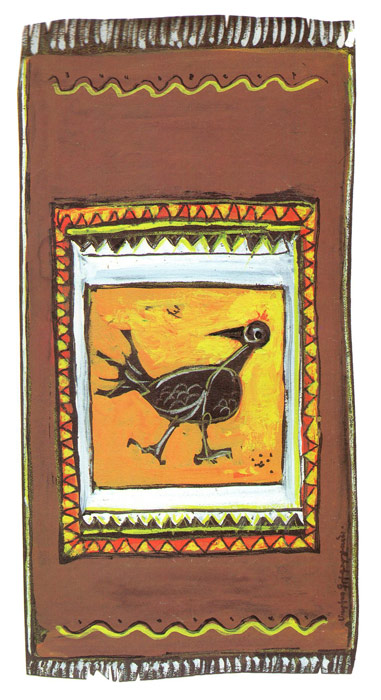 His carpets have the names of Armenian cities and historical characters, such as; Erebuni, Aramazd, Ara Geghecik and Shamiram, Garni. They symbolize horned animals which are depicted by different forms. There are some carpets which have the names of heroes of fairy tales and myth. For instance, “Golden bird”, “Crazy Cock” and so forth. In carpets there is a certain symmetric principle- the classification of figure.
His carpets have the names of Armenian cities and historical characters, such as; Erebuni, Aramazd, Ara Geghecik and Shamiram, Garni. They symbolize horned animals which are depicted by different forms. There are some carpets which have the names of heroes of fairy tales and myth. For instance, “Golden bird”, “Crazy Cock” and so forth. In carpets there is a certain symmetric principle- the classification of figure.
One of the most famous carpets of Markos Grigoryan is Erebuni. It has dark background in which there are eight series figures of goats that are different. Figures are framed and separated with the figure of life tree. This scene reminds the figures of the royal hemlets, belts in IX-VI A.D. as well as the rock icons of Syunic and Geghama mountains. It is assumed that rock painting has been a type of world conception. A carpet designer has made a perceiving connection with the ancient worship. There is another carpet which has a similar notion. It is “Ara Geghecik and Shamiram” which was made in 1987 and the sketch was made in 1957. Here in the center of the carpet background there are two figures of goats drawn by white lines which symbolize the kings of Armenian and Assyria. Two icons are framed in white. In the middle of figures there is a sun symbol with for a style, beneath it there is an ascription where the date of creation is written. It is typical for Armenian carpets and other types of art, such as; sculpture and architecture.
“Aramazd” carpet drawn in 1965 by Markos has a tan background, three simple drawing lines of chamois and rams in the oval medallion. The medallion has layers of written geometric ornaments which symbolize celestial bodies and nature elements expressing the notion of lasting. All ornaments of this carpet complete each other and symbolize the Armenian god of Armenian pantheon. Besides above mentioned carpets with their specific names and description are “Garni, Argishti, Sarduri, Gazel”. There are ram figures on each of these carpets. Bird figured carpets by Markos Grigoryan has a symbolic meaning.
They are “Crazy Cock” and “Golden Bird”. The sketches were made in 1960. There is a bird figure in these two carpets. In the first one it is drawn by a bird looking back, which is in the frame and decoration with geometric ornaments. In the latest one there is a shield figure with a bird figure. The wings of a bird are up. The central figure is located on the branches of the tree with all surface. Bird figures of Mark Grigoryan’s carpets have a symbolic meaning like ram ones. They are noticeable both in rock paintings and in all branchesof Armenian and Iranian ones. We are known carpets that have bird names “Eagle carpet”, “Bird carpet”, “Starbird” and so forth.They play an important role in our culture. It is known that bird figures refer to celestial bodies, such as; spring, sun, goodness.
A good expert of Armenian ornament art Asatur Mnatsakanyan symbolizes a bird figure as goodness and it was depicted on various religious things. Life tree has its specific meaning in all these carpets. Tree figures are in various forms. The worship of mother goodness and flora are always combined. The examples are curved floral, ornamental cult statues- Egyptian Isida, Greek Rome Artemism Afrodite godnesses, Armenian Anahit goodness whom oyster were given. The reflection of these traditions is seen in the sketches and carpets of Markos Grigoryan. His carpets are donation to the Armenian art.
Translated from Armenian.




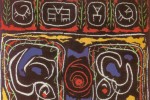
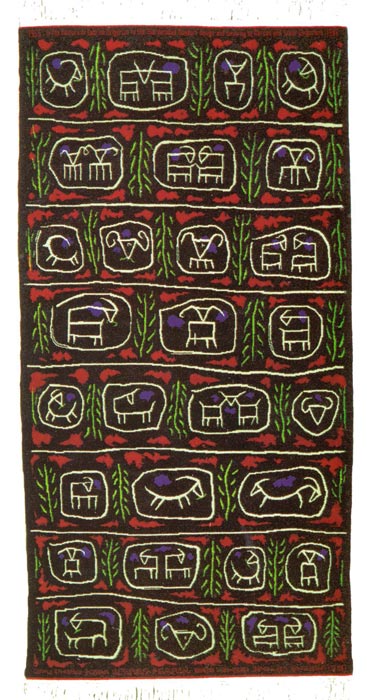



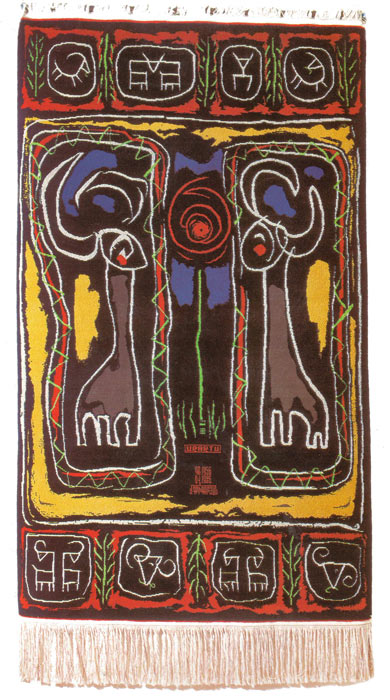
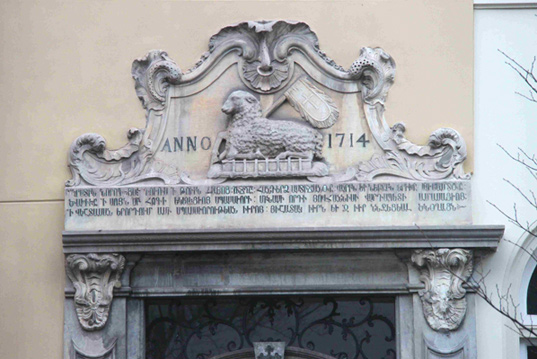
![[Nairi] The underground activities of Armenian modern music. Interview with the group vocalist Art Phoenix](http://arvestagir.am/wp-content/uploads/2017/03/Nairi-The-underground-activities-of-Armenian-modern-music.jpg)
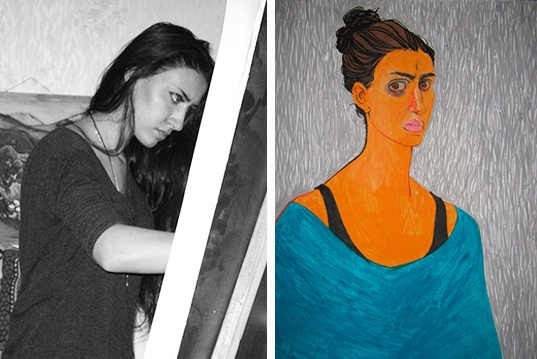
Leave a Reply